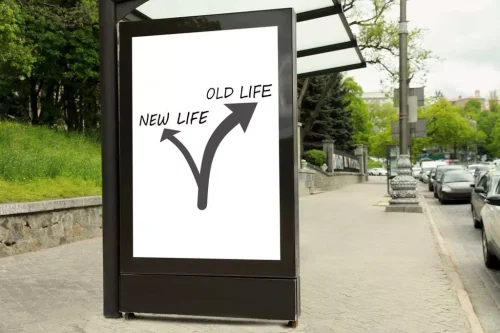
These results suggest that researchers should strive to consider alternative mechanisms, improve assessment methods and/or revise theories about how CBT-based interventions work [77,130]. Findings concerning possible genetic moderators of response to acamprosate have been reported [99], but are preliminary. Additionally, other findings suggest the influence of a DRD4 variable number of tandem repeats (VNTR) polymorphism on response to olanzapine, a dopamine antagonist that has been studied as an experimental treatment for alcohol problems.
Overcoming the Abstinence Violation Effect:
Olanzapine was found to reduce alcohol-related craving those with the long-repeat VNTR (DRD4 L), but not individuals with the short-repeat version (DRD4 S; [100,101]). Further, a randomized trial of olanzapine led to significantly improved drinking outcomes in DRD4 L but not DRD4 S individuals [100]. With regard to addictive behaviours Cognitive Therapy emphasizes psychoeducation and relapse prevention. Therefore, many of the techniques discussed under relapse prevention that aim at modification of dysfunctional beliefs related to outcomes of substance use, coping or self-efficacy are relevant and overlapping. The lapse process consists of a series of internal and external events, identified and analyzed in the process of therapy.
Systematic reviews and large-scale treatment outcome studies

More and more, behavioral health organizations are moving away from “kicking people out of treatment” if they return to substance use. This type of policy is increasingly recognized as scientifically un-sound, given that continued substance use despite consequences is a hallmark symptom of the disease abstinence violation effect of addiction. Although it may be helpful for treatment centers to incorporate small penalties or rewards for specific client behaviors (for example, as part of a contingency management program), enforcing harsh consequences when clients do not maintain total abstinence will only exacerbate the AVE.
- This preparation can empower a client to avoid relapse altogether or to lessen the impact of relapse if it occurs.
- Future research with a data set that includes multiple measures of risk factors over multiple days could also take advantage of innovative modeling tools that were designed for estimating nonlinear time-varying dynamics [125].
Cognitive behavioural interventions in addictive disorders

Such findings have contributed to renewed interest in negative reinforcement models of drug use [63]. Modifying social and environmental antecedents and consequences another approach to working with addictive behaviours18. Therapeutic strategies such as contingency management, differential reinforcement of incompatible and alternate behaviours and rearrangement of environmental cues that set the occasion for addictive behaviour, including emotional triggers are used in this approach. Family members are counselled so as identify potential risk factors for relapse, such as emotional and behavioural changes.

Related terms:
- Current theory and research indicate that physiological components of drug withdrawal may be motivationally inert, with the core motivational constituent of withdrawal being negative affect [25,66].
- In one of the first studies to examine this effect, Herman and Mack experimentally violated the diets of dieters by requiring them to drink a milkshake, a high-calorie food, as part of a supposed taste perception study [27].
- Most studies of relapse rely on statistical methods that assume continuous linear relationships, but these methods may be inadequate for studying a behavior characterized by discontinuity and abrupt changes [33].
Relapse prevention for addictive behaviors

The reformulated cognitive-behavioral model of relapse
- For example, overeaters may have an AVE when they express to themselves, “one slice of cheesecake is a lapse, so I may as well go all-out, and have the rest of the cheesecake.” That is, since they have violated the rule of abstinence, they “may as well” get the most out of the lapse.
- There are many relapse prevention models used in substance abuse treatment to counter AVE and give those in recovery important tools and coping skills.
Decoupling Goal Striving From Resource Depletion by Forming Implementation Intentions
- Further, a randomized trial of olanzapine led to significantly improved drinking outcomes in DRD4 L but not DRD4 S individuals [100].
- First, in the context of pharmacotherapy interventions, relevant genetic variations can impact drug pharmacokinetics or pharmacodynamics, thereby moderating treatment response (pharmacogenetics).
- Lapses are, however, a major risk factor for relapse as well as overdose and other potential social, personal, and legal consequences of drug or alcohol abuse.
- Finally, an intriguing direction is to evaluate whether providing clients with personalized genetic information can facilitate reductions in substance use or improve treatment adherence [110,111].
- One study, in which substance-abusing individuals were randomly assigned to RP or twelve-step (TS) treatments, found that RP participants showed increased self-efficacy, which accounted for unique variance in outcomes [69].


No Comments to Abstinence Violation Effect SpringerLink so far. (RSS Feeds for comments in this post)
No one has commented so far, be the first one to comment!